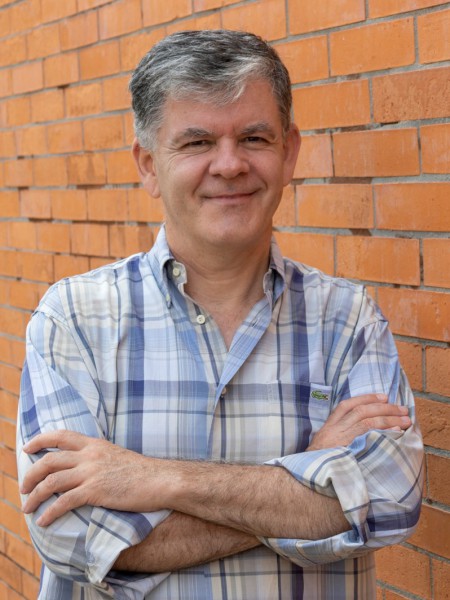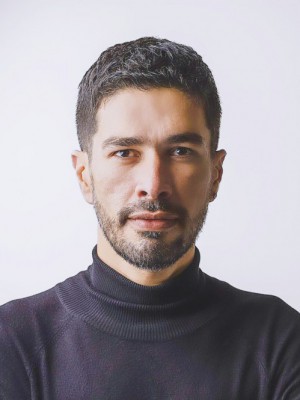resumo
Enhancing the structural stability and catalytic activity of Cytochorme c (Cyt C) against harsh process conditions would boost its use in biocatalysis. Herein, a new protein engineering strategy with improved efficacy is demonstrated through judicious task-specific functionalization of Cyt C with quantum dots (QDs) and ionic liquids (ILs). Mn2+ doped ZnS QD and ILs ([Cho][Ac]; [Cho][Dhp]) were concomitantly used to decorate Cyt C, which was characterized using various analytical tools. The peroxidase activity at room temperature of engineered Cyt C (Cyt C-QD-IL) increased markedly (1.2 to 3.5-fold) as compared to that for bare Cyt C, Cyt C with QD, and Cyt C with ILs. Further, Cyt C-QD-IL showed better catalytic activity under various stresses such as high temperature (110 degrees C), presence of a chemical denaturant (6 M GuHCl), high oxidative stress (30 min H2O2), and presence of proteases. Molecular docking results indicate that QD interacted with the active site of Cyt C and IL interacted with side chain amino acids via electrostatic and H-bonding interactions. Such favorable allosteric interactions might be behind the improved activity of Cyt C-QD-IL. The observed catalytic activity is in harmony with the structural stability of the protein as confirmed by UV-vis, ATR-IR, and CD analysis. Thus, the unveiled strategy represents an innovative dimension of protein packaging foreseeing the development of more robust biocatalysts that can be used at high temperatures.
palavras-chave
KINETIC ENHANCEMENT; ENZYMATIC-ACTIVITY; STABILITY; RESIDUES; ENZYMES
categoria
Chemistry, Multidisciplinary; Green & Sustainable Science & Technology; Engineering, Chemical
autores
Shet, SM; Thayallath, SK; Bisht, M; Pereira, MM; Coutinho, JAP; Kotrappanavar, NS; Mondal, D
nossos autores
Grupos
G4 - Materiais Renováveis e Economia Circular
G6 - Materiais Virtuais e Inteligência Artificial
Projectos
CICECO - Aveiro Institute of Materials (UID/CTM/50011/2019)
SusPhotoSolutions - Soluções Fotovoltaicas Sustentáveis (SUSPHOTOSOLUTIONS)
agradecimentos
D.M. acknowledges SERB, India (EEQ/2017/000417), for the research grant. S.K.N. thanks DST (SR/NM/NT-1073/2016) for financial support. The authors also acknowledge NANO-MISSION PROJECT SR/NM/NS-20/2014 for the PXRD characterization facility. This work was partly developed within the scope of the projects CICECO-Aveiro Institute of Materials, POCI-01-0145-FEDER-007679 (FCT ref. UID/CTM/50011/2019), and SusPhotoSolutions, CENTRO-01-0145-FEDER-000005. Authors are thankful to Dr. S. Bhandari for useful discussions. DST-Technology Mission Project (DST/TMD/HFC/2K18/124G) Government of India is also acknowledge for financial support.





